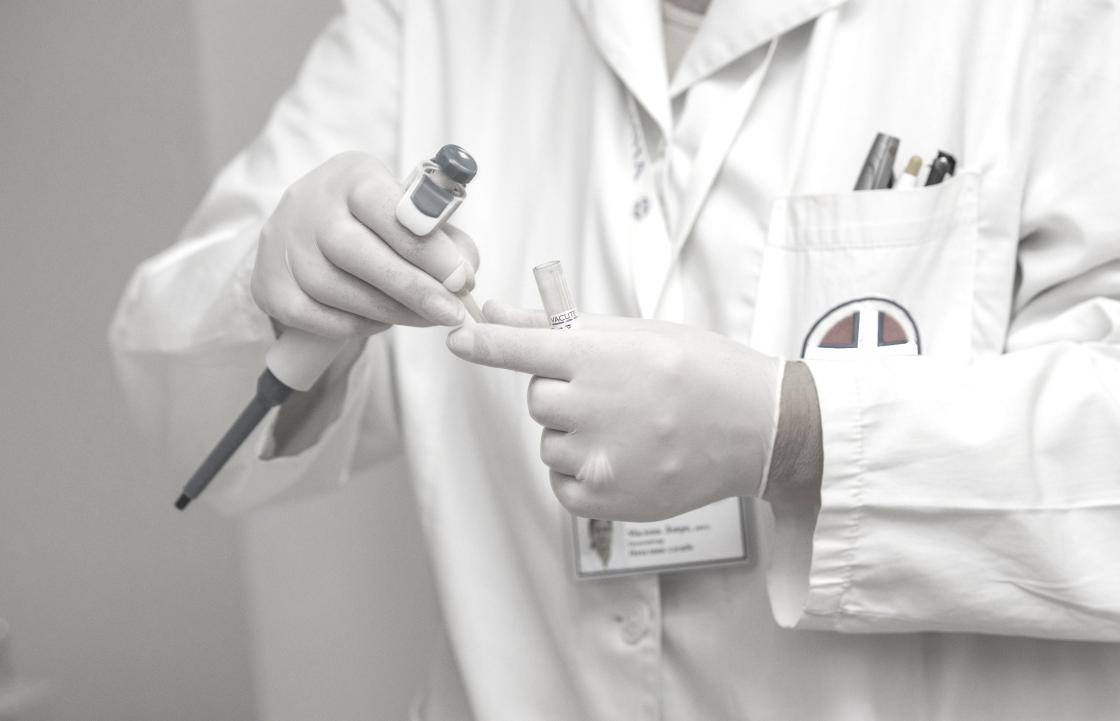
Being one of the most populated nations around the globe, there is great responsibility, from both the public and private sectors, to provide affordable healthcare to everyone in India. The healthcare sector is one of the largest in India, drawing in investments from the public and private sectors.
Although the constitution states that free healthcare is guaranteed, most healthcare is provided by the private healthcare sector. This means that people must be able to afford healthcare for themselves and their families.
Currently, the healthcare system in India is in shambles. Families cannot afford healthcare services, and therefore lack the means to access them, and remote communities cannot access those services. This challenge of unaffordable healthcare and the lack of access of, has driven entrepreneurs and scientists to cooperate and create efficient solutions for all spectrums of the caste system.
According to data released by the Department of Industrial Policy and Promotion (DIPP) there has been a total of $4.8 billion invested from Foreign Direct Investment (FDI) in the healthcare system in India from 2000-2017. It is evident that this sector is attracting a lot of attention internationally, making it a promising emerging market.
There are a number of activist programmes driving change in the industry in India. One of them include the Social Health Activist program which trains community health workers around the nation. The program has already trained an estimated one million health workers since 2015, making healthcare services more accessible in rural and densely populated urban areas.
Another game changing service, which is provided by General Electric (GE) healthcare initiatives, is their business unit aptly titled Sustainable Healthcare Solutions (SHS), which targets populations living in the emerging market of healthcare. By training community health workers in Asia, the SHS aims to provide healthcare services to 300 million people by 2020.
The main challenges facing healthcare services in India is reaching out to impoverished villages residing a great distance away from facilities and hospitals. Not only this, but also impoverished communities struggle to be able to keep up with doctor follow-ups, basic medicines, and diagnostic tests.
To make changes, through great effort, the state will have to make changes to methods of implementation to regulated healthcare programs that can reach out to remote and impoverished villages and communities, ensuring the safety of the overall population.
There is massive potential in this emerging market in India, calling out to innovative entrepreneurs and scientists to find creative solutions to this demanding problem facing India today.

